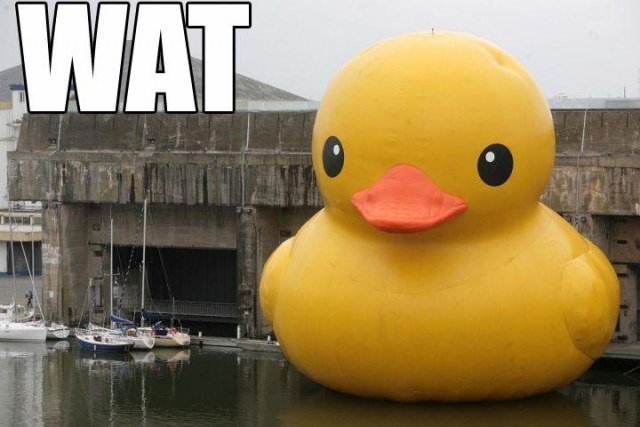Competitive Equilibrium
in the Long Run
Christopher Makler
Stanford University Department of Economics
Econ 50: Lecture 14
Today's Agenda
Part 1: Taxes (from last time)
Part 2: Long-Run Competitive Eqm
Equilibrium quantity with a tax
Elasticity and tax incidence
Welfare effects of a tax
Externalities and Pigovian taxes
The "zero profit condition"
Firm entry and exit
Long-run industry "supply curve"
Increasing/decreasing/constant cost industries
Effects of Taxes and Subsidies
Solve for the equilibrium prices \(p_F\) and \(p_C\)
and quantity \(Q = D(p) = S(p)\),
as well as government revenue if:
Elasticity and Tax Incidence
Tax burden for consumers:
the amount of the tax that results in an increase in the price paid by consumers,
relative to the equilibrium price
Tax burden for firms:
the amount of the tax that results in an decrease in the price received by firms,
relative to the equilibrium price
What is the burden in this case?
How does tax burden relate to the relative elasticities of demand and supply?
Welfare Effects of a Tax
Why are taxes (generally) inefficient?
Competitive markets:
consumers set P = MB,
firms set P = MC,
therefore MB = MC
If consumers and producers face the same price, then MB = MC
If there is a tax or a subsidy, there is a mismatch between MB and MC
Caveat: what if what consumers and producers think is their MB is not?
Externalities and Pigovian Taxes
Long-Run Competitive Equilibrium
The "Zero Profit Condition"
Profits in industry 1 when profit maximizing
Profits in industry 2 when profit maximizing
A firm in industry 1 should remain in industry 1 as long as
"Positive economic profit"
SR fixed costs
LR fixed costs
The Effect of Entry and Exit
Industry Short Run:
Number of Firms is Fixed
Industry Long Run:
Firms will enter an industry with positive economic profits; firms will leave an industry with negative economic profits.
Long Run Equilibrium
In long-run competitive equilibrium, firms in all industries make nonnegative economic profit.
Calculating Long-Run Equilibrium
Market supply: Given an industry with N identical firms, short-run supply will equal the number of firms
times the quantity supplied by each firm.
Equilibrium: In any equilibrium, the quantity demanded must equal the quantity supplied.
Profit maximization: each firm chooses the \(y^*\)
such that MR = MC; for a competitive firm, this is:
Zero profit: exit and entry drive profit to zero,
or AR = AC: for a competitive firm, this is:
Set MC = AC to find y* and therefore p
(you'll do the math in the homework)
Increasing, Decreasing, and Constant Cost Industries
Market Supply Curve:
Quantity supplied by firms at every possible price
Industry "Supply Curve":
Locus of (quantity, price) combinations that could arise in long-run competitive equilibrium, given different demand conditions.

Market Supply and Demand
Typical Firm's Cost Curves
MC
y
$ perunit
P
Q
S
1. demand
increases
D'
D
AC
What is the effect of an increase in demand if costs are unaffected by the number of firms?
S'
3. firms
enter
\(S_{LR}\)
Market Supply and Demand
Typical Firm's Cost Curves
MC
y
$ perunit
P
Q
S
demand
increases
D'
D
AC
What is the effect of an increase in demand if costs decrease as firms enter?
S'
firms enter,
costs decrease
\(S_{LR}\)
MC'
AC'
firms enter,
costs decrease
What happens to inputs as more firms enter an industry?
Industry too small to affect price of inputs
Inputs get cheaper/faster/better
Inputs are scarce, command higher prices
Story
Industry Type
Industry Supply Curve
"Constant Cost Industry"
Horizontal
"Decreasing Cost Industry"
Downward Sloping
"Increasing Cost Industry"
Upward Sloping
Most important takeaways
Firms optimize by setting MR = MC
Entry and exit forces AR = AC
Constant cost industry = one price in the long run
Conclusions and Next Steps
In Unit 1 we had talked about how a consumer faces a tradeoff between two goods.
In today's lecture we talked about how producers face tradeoffs between two goods.
In Part II we talked about how firms could switch industries to chase profits,
leading to the "equal profit condition" that in LR equilibrium,
firms must earn the same profits in all industries.
In Part I we talked about how PPF represents possible efficient allocations of resources.
We modeled the economy as two competitive firms, taking output and input prices as given,
and saw how profit-seeking leads them to choose the highest-value point along the PPF,
even though each firm is only responsible for choosing its own output.
Next time: we use preferences, as expressed by consumer demand,
to find the socially optimal point along the PPF.